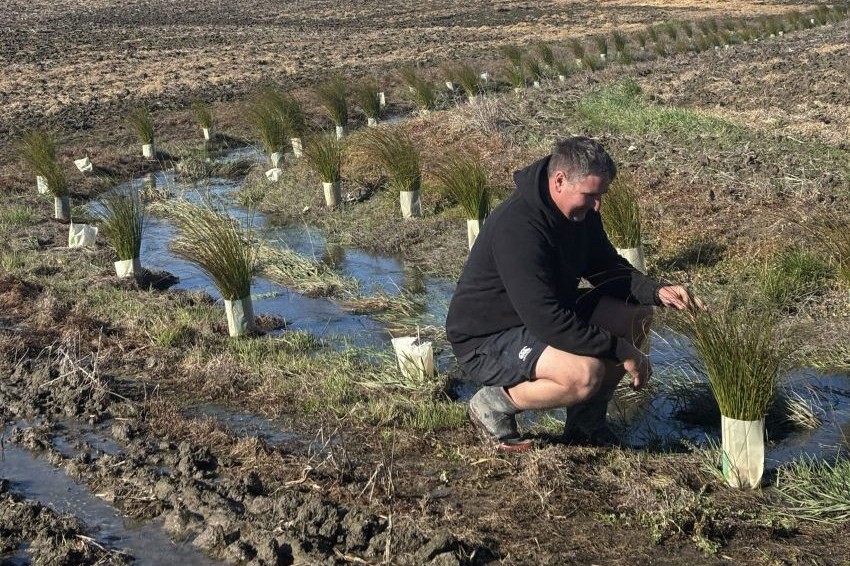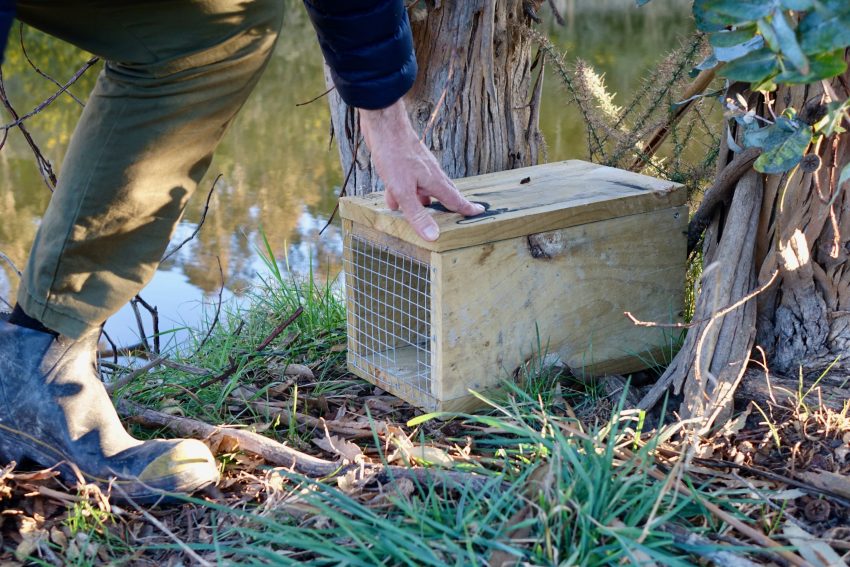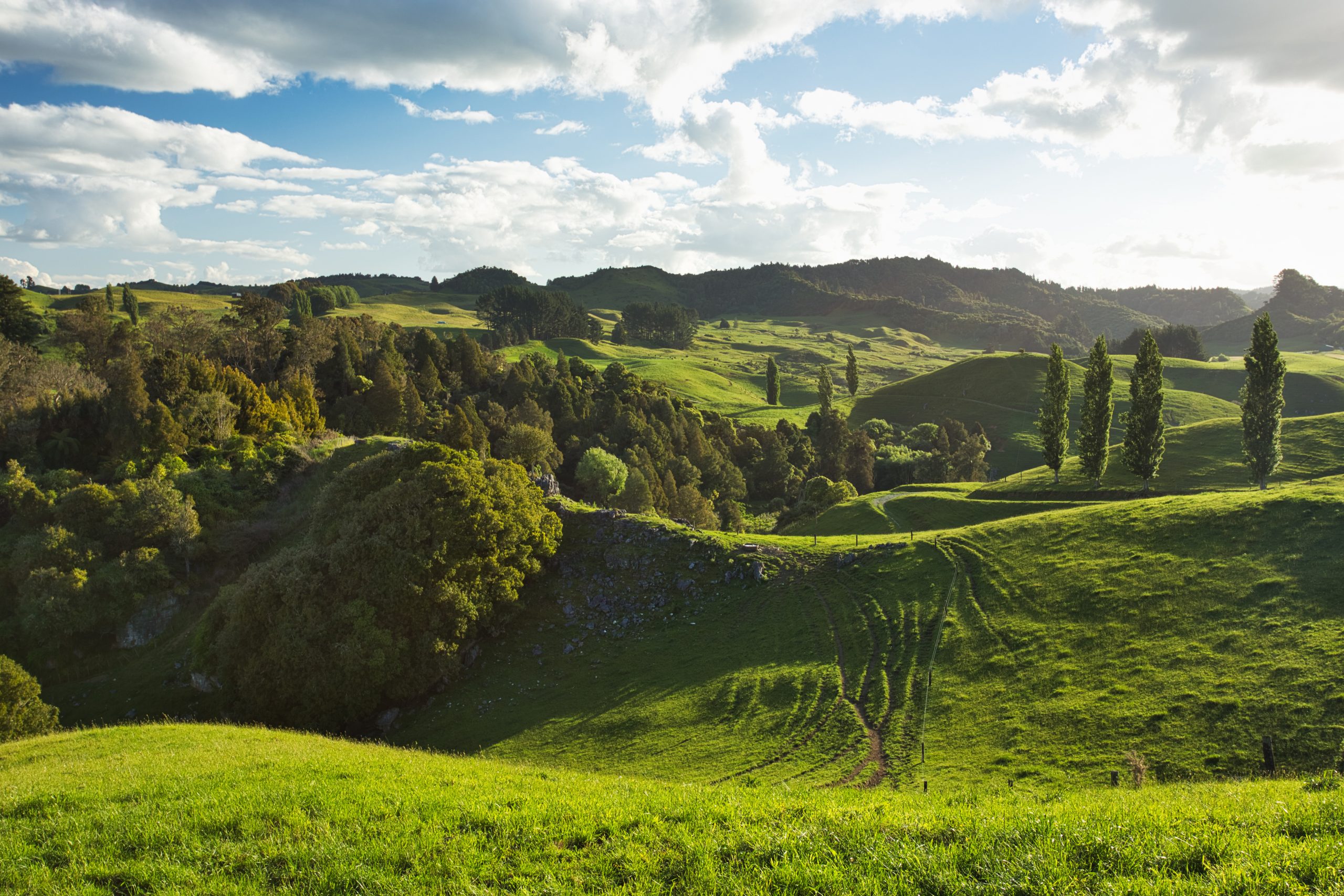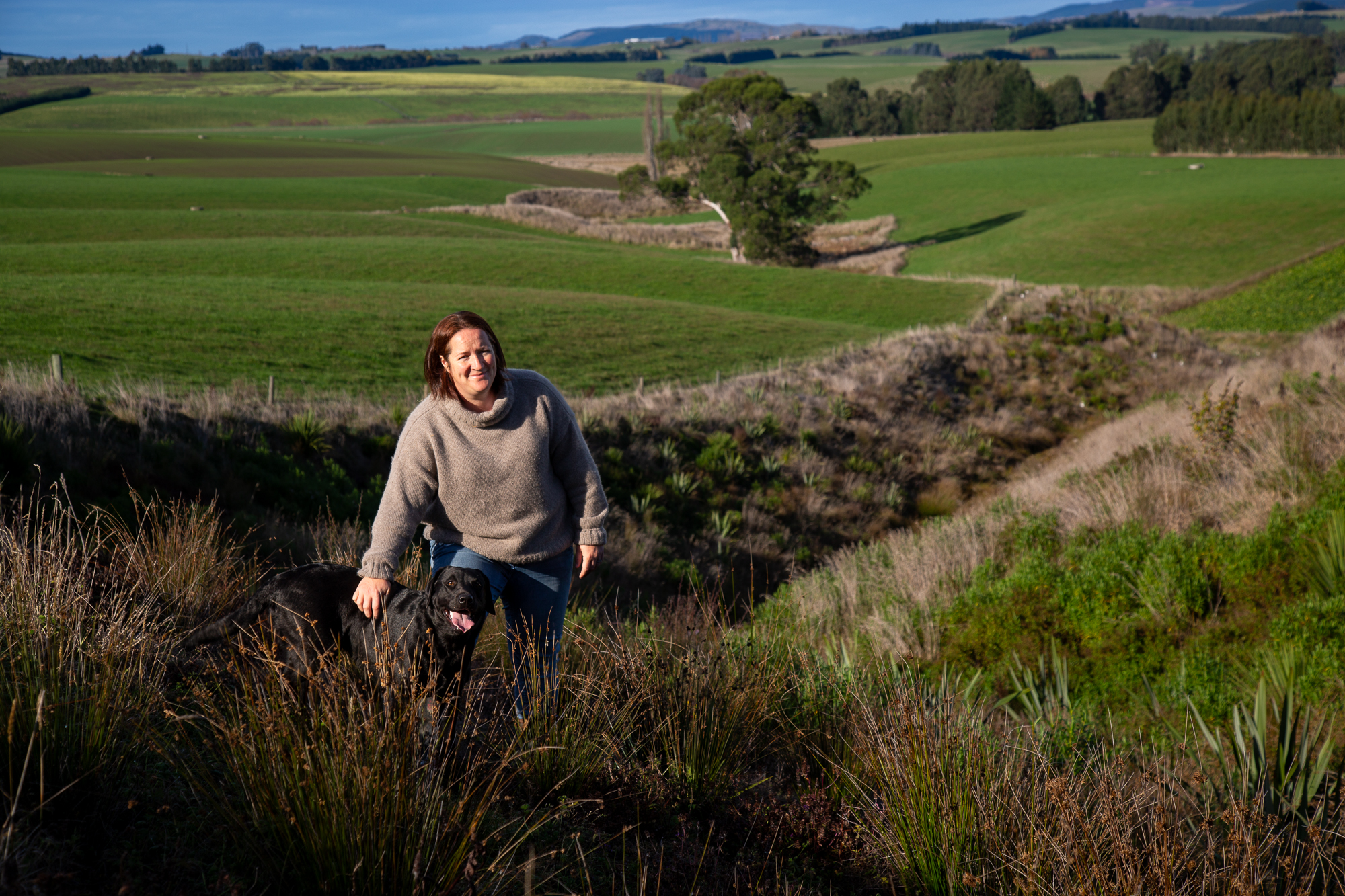Guarding gullies and waterways
A critical source area is a gully, swale or a depression that accumulates runoff and delivers it to waterways.
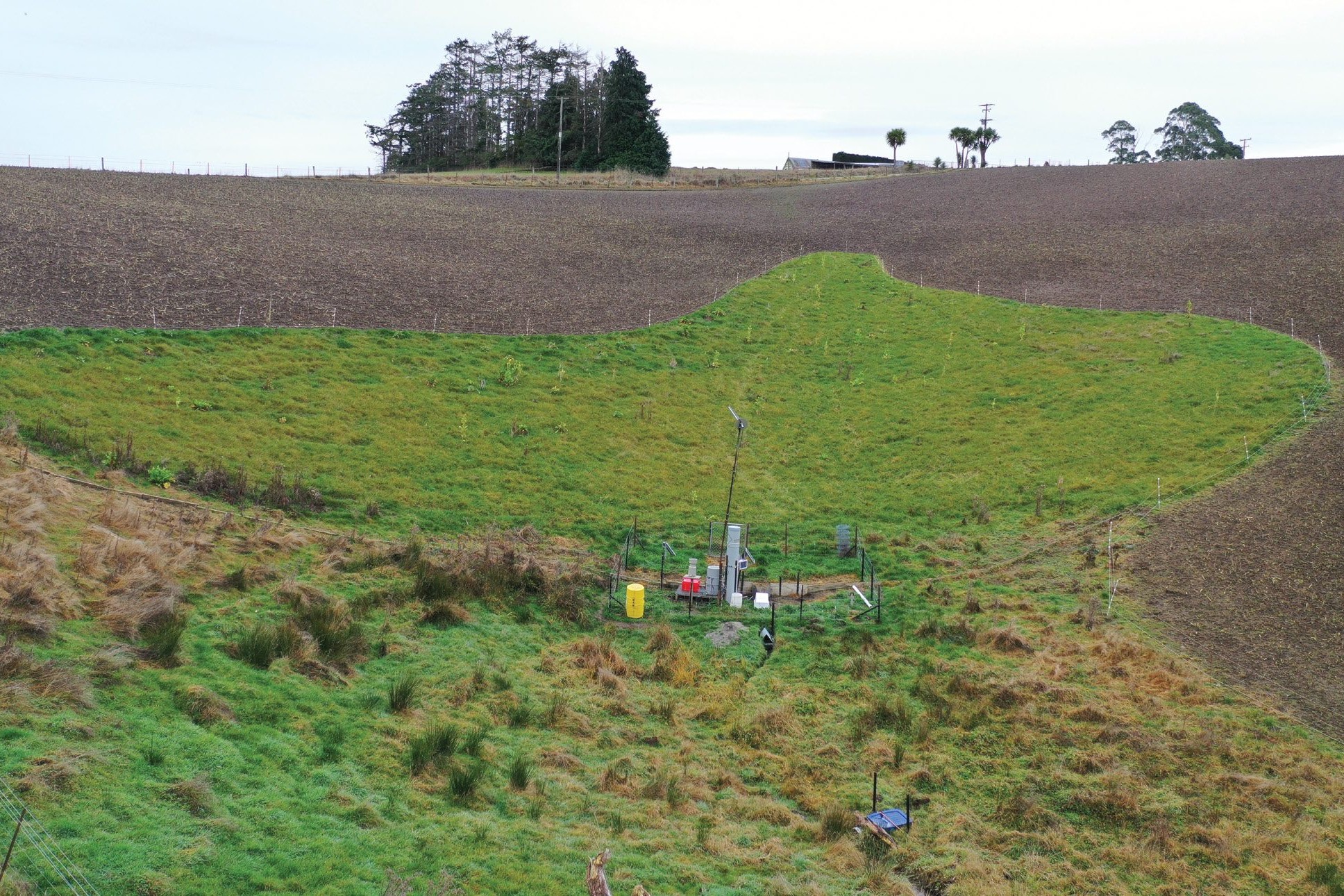
By Sandra Taylor
THE VALUE OF PROTECTING critical source areas in intensively grazed winter forage crop paddocks has been highlighted in a sheep winter grazing trial carried out over three years on an Otago farm.
A critical source area is a gully, swale or a depression that accumulates runoff and delivers it to waterways.
The NZ Landcare Trust project ‘Understanding the impacts of sheep winter grazing’ (run by AgResearch and supported by Beef + Lamb New Zealand and the Ministry for Primary Industries) looked at grazing practices and the impact these had on contaminant loadings in nearby waterways.
The researchers found that where critical source areas (CSAs) were left ungrazed, there were significantly fewer contaminant issues than when they were cropped and grazed.
Water samples of overland flows where CSAs were protected showed reductions in nitrogen, phosphorus, sediment and E coli contaminants of 38%, 48%, 55% and 63%, respectively. This is compared to control areas where CSAs were grazed.
The paddocks where the trial was run between 2020 and 2022 covered two very similar catchments in the Waitahuna area. The key research objectives were to benchmark losses of phosphorus, sediment and E coli in overland flow from winter forage crops grazed by sheep and to assess the full impact of leaving CSAs in grass and ungrazed versus sowing these areas in crop and strategically grazing them.
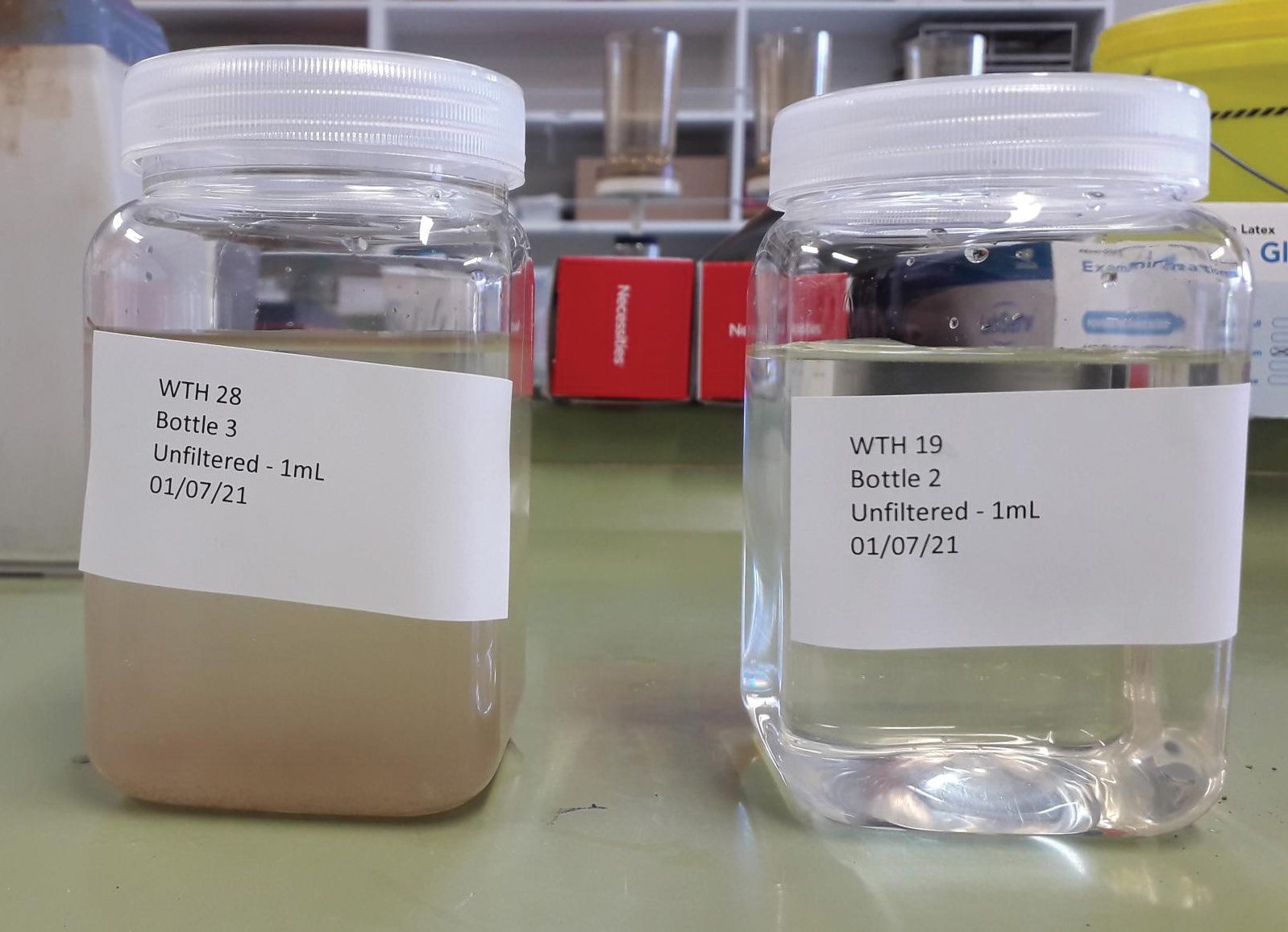
CSAs were identified and in-field measuring equipment was installed before forage crops, namely swede and kale, were planted and grazed. Standard (control) and good management practices (leaving CSAs in grass and ungrazed), were implemented in the different catchments over different years. Samples were captured during run-off events over each winter and spring period.
The findings reinforced the value of leaving CSAs in grass and ungrazed, but also found that grazing and treading pressures on the soil were low compared to cattle grazing, and this allowed rainfall to infiltrate the soil.
NZ Landcare Trust’s regional co-ordinator for Otago Nicole Foote said this was the first time data specific to the impact of sheep winter grazing had been collected.
While winter grazing is known to make a significant contribution to total losses of contaminants transported from land to water, there has been very little information available that documented losses under sheep grazing.
“The research provides invaluable information for farmers looking to improve their land management practices and minimise environmental risk.”

